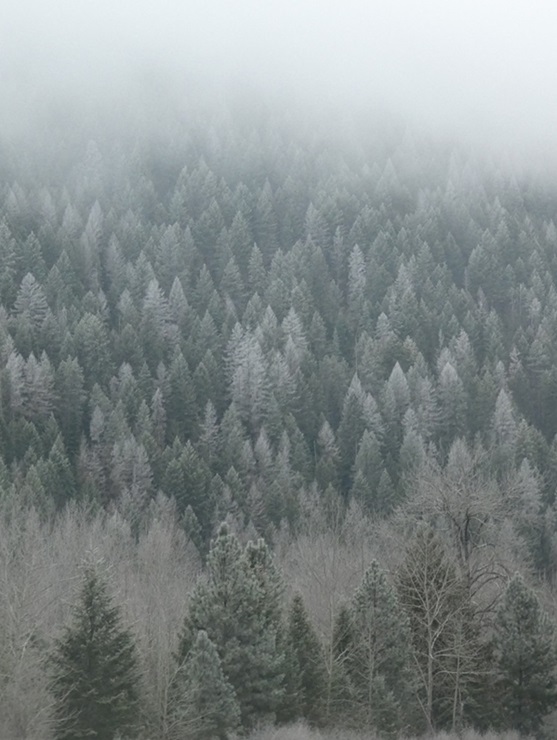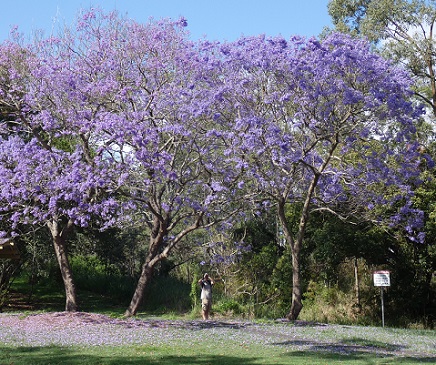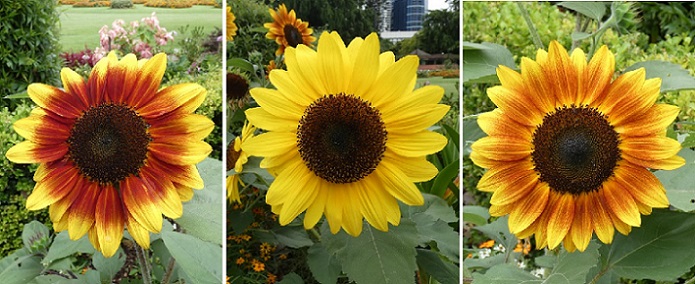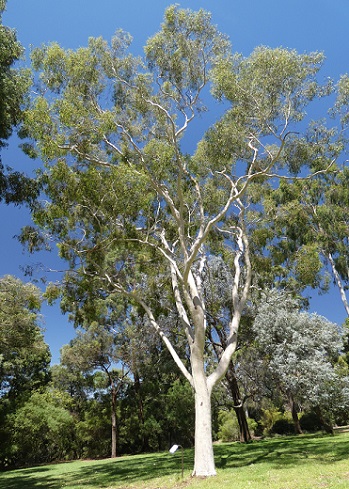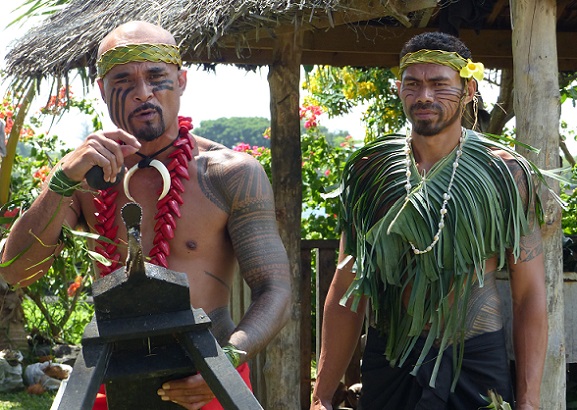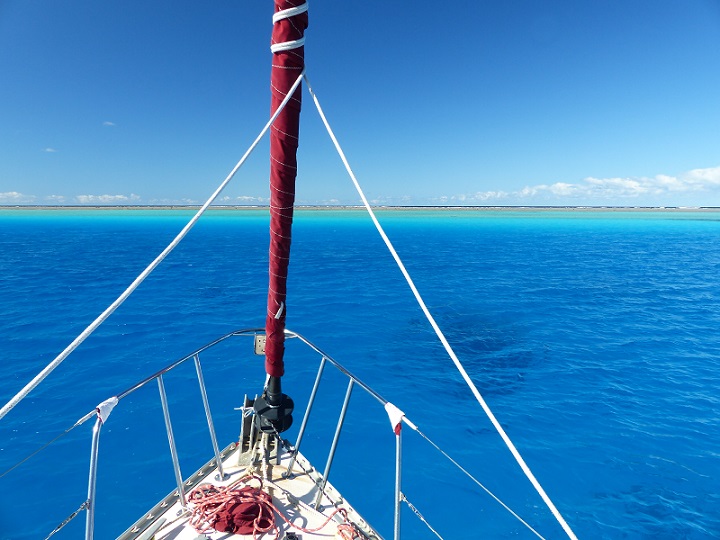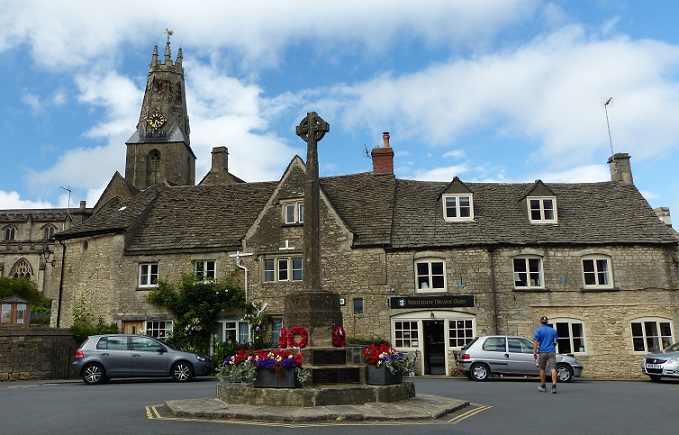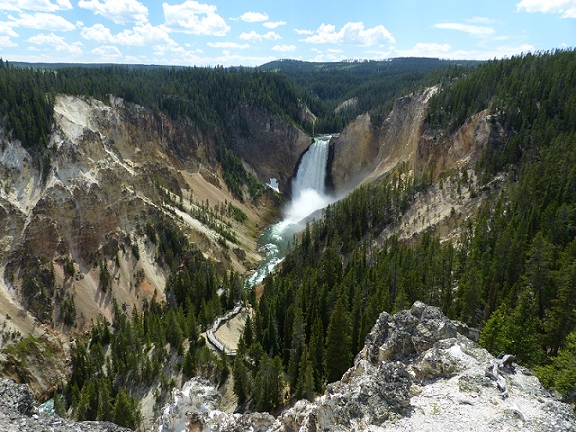
Tregoning
12 April 2024 | We are back aboard Tregoning in Mersin Marina, Mersin, Türkiye
02 April 2024 | We are in Toronto Airport, Canada: Tregoning is in Mersin Marina, Mersin, Türkiye
25 February 2024 | We are back in Gainesville, FL: Tregoning is in Mersin Marina, Mersin, Türkiye
18 February 2024 | We are in Glenwood, New Mexico: Tregoning is in Mersin Marina, Mersin, Türkiye
12 February 2024 | We are in Morro Bay, California: Tregoning is in Mersin Marina, Mersin, Türkiye
19 January 2024 | We are in Vancouver, BC Canada: Tregoning is in Mersin Marina, Mersin, Türkiye
01 January 2024 | We are in Washington State: Tregoning is in Mersin Marina, Mersin, Türkiye
15 December 2023 | We are in Minnesota: Tregoning is in Mersin Marina, Mersin, Türkiye
18 November 2023 | We are in Florida: Tregoning is in Mersin Marina, Mersin, Türkiye
29 October 2023 | We're in Florida - Tregoning is at B-dock, Mersin Marina, Mersin, Türkiye
21 October 2023 | 7 Oda Kapadokya Cave Hotel, Ürgüp, Türkiye
14 October 2023 | Hotel Aşikoğlu, Boğazkale, Türkiye
07 October 2023 | B-dock, Mersin Marina, Mersin, Türkiye
19 September 2023 | “Chez Jon & Angela”, Near Otterton, Devon, UK
14 September 2023 | Airbnb in Fortuneswell on the Isle of Portland, Dorset, UK
11 September 2023 | With Mike, Grange-over-Sands, Cumbria, UK
03 September 2023 | Ardington House, Ardington, Oxfordshire, UK
24 August 2023 | Near "Chez Joan and Peter", College of Roseisle, Moray, Scotland
11 August 2023 | Andrew's house (not exactly), Lichfield, UK
22 July 2023 | Chez Gail, near the New York Café, Budapest, Hungary
Of boats and sports
09 July 2017 | Anchorage off Big Mama’s Yacht Club, Pangaimotu, near Tongatapu, Tonga
Photo: Tongan rugby fans love to laugh and some are great exhibitionists including the bearded man on the right who was so proud of his flowing, bright-red gown
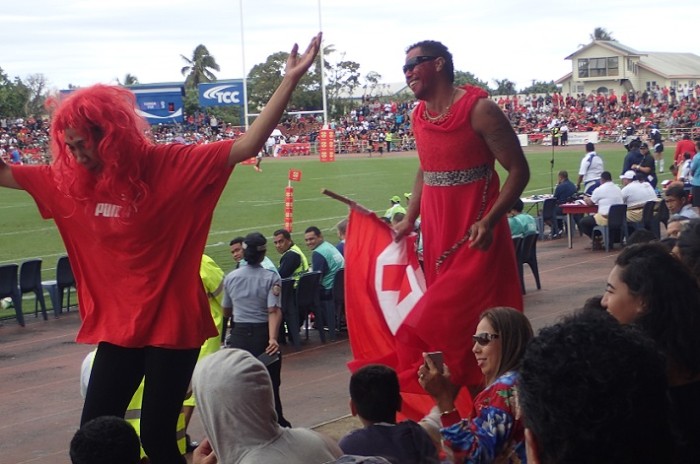
While easier than expected to get a replacement fuel tank and hose for the dinghy, finding a replacement oar was not so successful. A glance at the small boats around the dinghy-dock quickly convinced us that a successful oar franchise did not exist on Tongatapu. Local oars were typically made from rectangles of thick plywood nailed to the end of wooden poles of various thicknesses and non-linear shapes. Other than a paddle-board paddle (for which we would have to buy the whole board) and one puny, fold-up paddle that was much too small, our choices were to commission a carved wooden paddle, which would no doubt be beautiful but hugely time-consuming and expensive, or make our own.
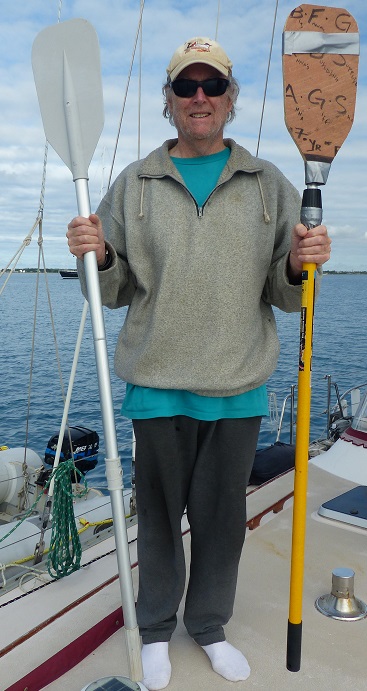
Randall with his homemade dinghy oar (the one in his left-hand)
After searching through various hardware stores, Randall finally spotted exactly the type of metal/fiberglass pole that he was looking for in a house-painting section. It was an expandable pole used for painting ceilings but through which he could drill a hole for the dinghy's oarlock, and to which he could bolt a blade. The latter ended-up being a thick piece of plywood that had been used as a sign (and hence has writing on it) but was given to him in a store that otherwise only had huge pieces for sale. A bit of trimming, drilling, bolting, and duct-taping (to prevent chafe on the dinghy tubes) later, and Randall had a fully functional oar. It will be interesting to see how it copes with hard rowing in wind but for now it is very reassuring to have a proper back-up to the outboard and something we can use instead of the outboard over short distances.
Being the main port of the Kingdom of Tonga, Nuku'alofa is the home or stop-over for a large variety of vessels. While the number of cruising sailboats at the Pangaimotu anchorage has varied from 4 to 15 during our stay, there are several others that are stern-tied (anchors off the bow) to the seawall inside the Faua wharf. We are neither enthused by such Tahiti-style form of attachment (a dinghy has to be used to get to the seawall which is more or less accessible depending upon the tide), nor by the assertion that rats crawling down the lines can be a problem.
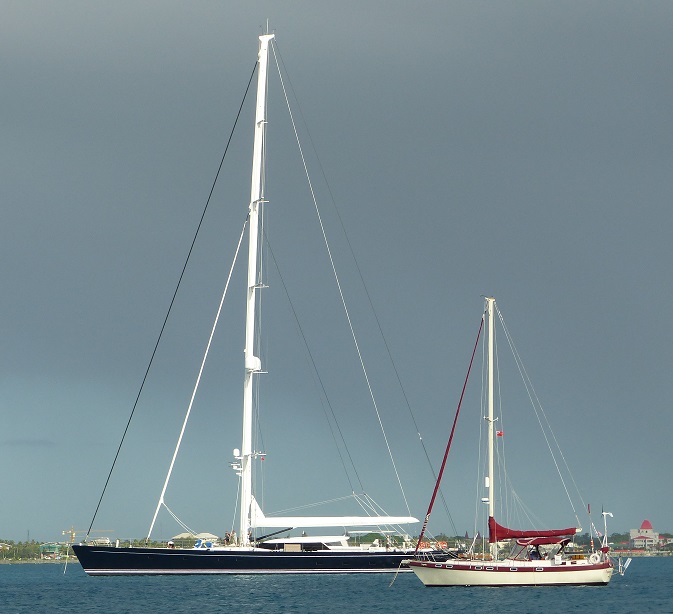
Although Tregoning is 100 m closer, she is dwarfed by the superyacht Sea Eagle
At least one huge motor yacht, MV Constance, was tied-up at the container port for a couple of nights and one or two sport fishing boats from New Zealand have joined the fleet anchored at Pangaimotu. This fleet has also been honored by the presence of the massive, 43-m (142 feet) long, single-masted, sailing super-yacht Sea Eagle, which was built by Royal Huisman in The Netherlands for the Taiwanese businessman Dr. Samuel Yin. With a huge mast of 57 m (189 feet), she has over 1,000 m2 of standing sail (over 10,000 sq feet), but which appears to have needed some work or changes to its enormous jib.
Within the harbor, there are many local fishing boats of all types, ranging from the size of a typical trawler with long-lines or nets, to tiny launches from which fishers use hand-lines or skin-dive. The variety of ferries is even wider, from the Pangaimotu ferry (probably licensed for up to 20 people) to the big car-ferries that ply the waters between Tongatapu, Ha'apai, and Vava'u. The sinking of a ferry in 2009 with the loss of more than 70 lives was a tragedy that struck many Tongan families but has resulted in improved safety standards and the donation of a new ferry from the Japanese government.
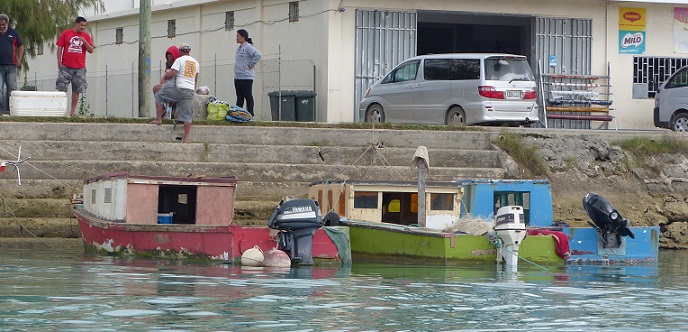
Tiny boats for fishing locally
Fuel ships tie to moorings just offshore and unload directly through pipes to the fuel-depot that is east of the commercial wharf. Container ships of various sizes and nationalities come and go each week and the dockside is a busy place for people collecting their belongings that have been shipped home, or for storeowners restocking their businesses. As with many islands, some imported products (e.g., yoghurt, liquor, apples) run-out and will not be available until the appropriate ship comes in.
Next to the container port, is the Tongan Naval Station. The Tongan Navy has a tanker, a landing craft, and three patrol boats, one of which has arrived in Nuku'alofa since we got here. A larger Navy vessel was tied-up to the cruise-ship dock for a couple of days, and judging by the white ensign seen from a distance, I think that it may have been a British Navy ship. More recently, the US Navy Ship Sacagawea, a 2006-launched, Lewis and Clark-class dry cargo (replenishment) ship, arrived for several days and anchored well north of the cruise-ship dock.
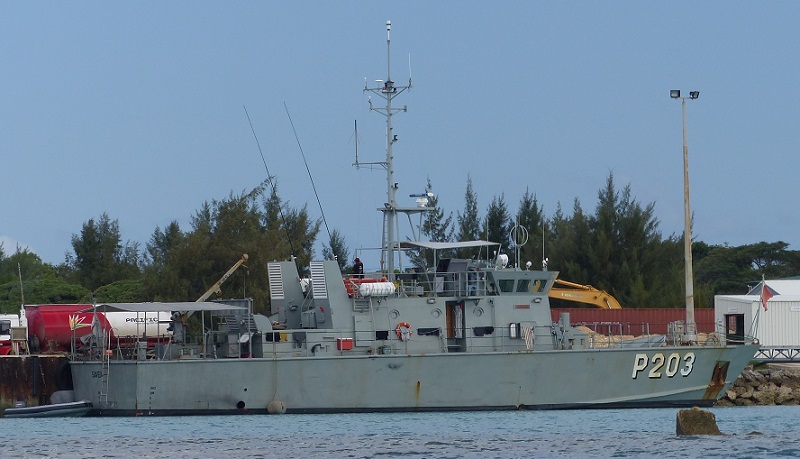
One of the Tongan Navy's three patrol boats
During the early days of our stay in Tonga, the Gulf Harbour Radio team were providing reports about the progress of the America's Cup races which were being held in Bermuda. Team New Zealand did not receive financial support in anything like the amounts that many other teams obtained, and they got much less government funding than they did in 2013 (when we saw NZ narrowly lose to the US in San Francisco). Despite this, the New Zealand team not only beat the other contenders to take on the US Oracle team in the finals, but they soundly won the America's Cup beating the US team in eight out of nine races. After the bitter defeat in 2013, the New Zealanders were ecstatic and there is already much speculation about what will be the terms of the contest when it goes to Auckland. Despite being a US-flagged vessel, both Randall and I were rooting for the Kiwis in this particular competition.
By contrast, we felt it necessary to support the British Lions when it came to their international rugby test with the New Zealand All Blacks. I felt that this was a suitably British role in supporting the underdog, not only because the All Black won the last Rugby World Cup but because all the viewers of these games at Big Mama's Yacht Club were All Black supporters, including the suitably All-Black-attired Marisa and Bavo. Only Big Mama cheered for the Lions but that was more to tease the others than out of any sense of great loyalty.
The matches were held in different New Zealand cities on three successive Saturday evenings, and at Big Mama's a TV was set-up with a group of guys drinking kava up front. Nobody in our audience was very surprised that the All Blacks won the first test. The second test, however, was played in terrible rain and became a war of penalty kicks and drop-goals (3 points) rather than run-in tries (5 points plus another potential 2 points afterwards for a kicked-goal conversion). Rather to our surprise, the Lions clawed their way out of the mud to a victory, which damped the spirits of most of our crowd but Bavo bravely pointed-out that this made the test much more exciting than if the All Blacks had won again and clinched the three-game series.
Unfortunately, Randall and I missed watching the final match which, apparently, was very exciting. We had rather assumed that the All Blacks would win so we were surprised to learn that the match was tied at 15-15, which also tied the test series. Sadly, the final moments of the game included an agonizingly questionable refereeing decision about a penalty, which left the Kiwis feeling a bit cheated. Still, if they needed shaking from any complacency after winning the World Cup twice in a row, this test must have given the All Blacks a bit of a wake-up call. Oh, yes, did I mention that the New Zealanders are somewhat obsessed with the sports of rugby and sailing?
In truth, neither Randall nor I really know much about rugby and its rules, so half of the time we have no idea what is going on when scrums, line-outs, or penalty-kicks are awarded. To add to the confusion, it took me quite a while to realize that when a penalty is called, the referee points to the team to which the penalty kick or throw is awarded. This is the opposite of American football where the referee points in the direction in which play will continue (actually pointing at the end being defended by the penalized team). Still, it does not take a full understanding of the nuances of the game to become swept along by the crowd and to enjoy the ebb and flow of the passing game and the moments of scoring.

Fiji (left white shirts) and Tonga rugby teams during the Fijian National anthem
Thus, I really quite enjoyed the rugby test match between Tonga and Fiji that I attended with Maria and Bavo, despite the fact that I could only understand part of what was going on. The match took place on Saturday July 8th at the Teufaiva Sports Stadium in Nuku'alofa and was a key part of the Heilala Festival program. Tonga, Fiji, and Samoa played each other several times as part of the Pacific Nations Cup, the winner of which would automatically go to the Rugby World Cup in Japan in 2019. Fiji had beaten both other teams once and Samoa had narrowly defeated Tonga in Samoa, so things had looked a bit grim when Samoa had arrived to play Tonga again the previous weekend. However, it had been eight years since a test match had been played in Tonga and the crowds were enthusiastic and the team hungry for victory. So much to the delight of Marisa and Bavo who attended that game, Tonga won and their hopes were rekindled.
Unfortunately, Randall had developed a nasty cold so he decided not to attend but I was very glad that I went. It was a close game with Tonga taking the lead midway through and looking as though they would score and win...just after the final whistle blew. But in the end, Fiji had retaken the lead in the second half and hung-on to win 14 - 10. A very respectable loss for Tonga and a guaranteed place in the World Cup for Fiji.
STOP THE PRESS: As of July 15th, Tonga also qualified for a 2019 Rugby World Cup place (joining England in Pool C...whatever that means).
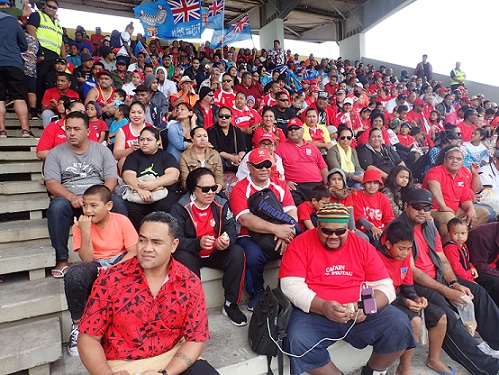
Concrete seats in the grandstand; a sea of Tongan red with blue Fijian flags at the top
The joy of the event for me, however, was to see the fans. We had bought tickets for the grandstand which had the advantage of being shaded and not requiring us to sit on grass that has been dampened by the previous 12 hours of rain showers. The "seats" were concrete steps with as many people jammed together as possible so I was glad to have an extra shirt to use as a cushion. The whole stadium held about 10,000 people and it was easily full of that number and possibly more, mostly in a sea of Tongan scarlet and white but with pockets of Fijian pale blue.
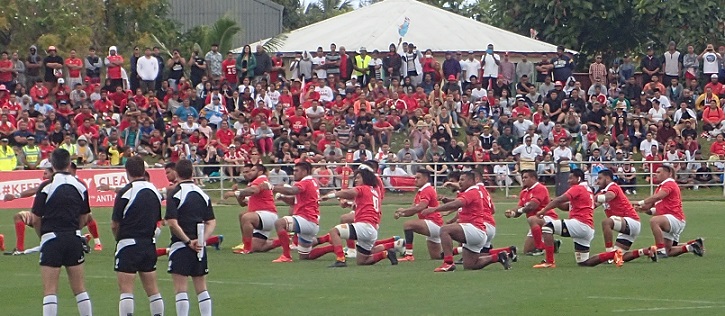
The Tongan team performs its pre-game haka after the national anthems and Fiji's haka
The fans were just as dedicated as any American college or NFL supporters, including some just as wildly dressed, bewigged, or banner-wielding. However, there were two big differences. 1. Of the exhibitionists who sang, danced, or flag-waved in front of the crowd or, briefly, across the playing-field, quite a few were cross-dressing men and not necessarily clean-shaven, carefully attired fakaleiti. 2. Everyone wanted to laugh. This was not only at the antics of the exhibitionists, one of which on the far side of the stadium was not deterred by the monotone dirge of the long invocation and caused seemingly inappropriate hoots of laughter from the crowd over there that had the rest of us rather envious. The crowd also loved to laugh at the game itself, especially when a player lost his footing on the slick grass and fell, regardless of which team he was on. The Tongans laughed when the Fijians gave-up a penalty and vice versa. And while opposing fans were keen to taunt each other (and all being in Tongan and with exaggerated gestures I could only guess at the exact nature of the taunts), the results were always good natured laughter from all around, even when the fortunes changed in the game and taunting roles were reversed.
It was not that the fans did not take the game seriously, the eruptions when points were scored or were even just though-to-be-scored were explosive and euphoric. But one quickly got the sense that it really was all being treated as just a game and a grand excuse to have fun not as some hugely significant show-down of tribal honor. Marisa and Bavo noted that the crowds walking home afterwards were certainly not as jubilant as they had been the previous week, but they were still good natured and happily tolerant of the horn-blowing of passing carloads of triumphant Fiji-supporters.

Game-on: Fiji takes control of the ball in a line-out after it was thrown-in from the sideline
I have never been to a sporting event that involved so much laughter and such a naked sense of enjoyment, even in the face of ultimate defeat. I would be naive to think that nowhere in Tongatapu did tempers fray over this national sporting event but I have also never felt so relaxed and safe in a large crowd or walking the streets afterwards. Tonga may not have a big enough population or enough disposable income to match the sporting prowess of the All Blacks or, it appears, Fiji, but I would suggest that the Tongan people can teach the rest of the world a great deal about their prowess of being great sports fans.

Randall with his homemade dinghy oar (the one in his left-hand)
After searching through various hardware stores, Randall finally spotted exactly the type of metal/fiberglass pole that he was looking for in a house-painting section. It was an expandable pole used for painting ceilings but through which he could drill a hole for the dinghy's oarlock, and to which he could bolt a blade. The latter ended-up being a thick piece of plywood that had been used as a sign (and hence has writing on it) but was given to him in a store that otherwise only had huge pieces for sale. A bit of trimming, drilling, bolting, and duct-taping (to prevent chafe on the dinghy tubes) later, and Randall had a fully functional oar. It will be interesting to see how it copes with hard rowing in wind but for now it is very reassuring to have a proper back-up to the outboard and something we can use instead of the outboard over short distances.
Being the main port of the Kingdom of Tonga, Nuku'alofa is the home or stop-over for a large variety of vessels. While the number of cruising sailboats at the Pangaimotu anchorage has varied from 4 to 15 during our stay, there are several others that are stern-tied (anchors off the bow) to the seawall inside the Faua wharf. We are neither enthused by such Tahiti-style form of attachment (a dinghy has to be used to get to the seawall which is more or less accessible depending upon the tide), nor by the assertion that rats crawling down the lines can be a problem.

Although Tregoning is 100 m closer, she is dwarfed by the superyacht Sea Eagle
At least one huge motor yacht, MV Constance, was tied-up at the container port for a couple of nights and one or two sport fishing boats from New Zealand have joined the fleet anchored at Pangaimotu. This fleet has also been honored by the presence of the massive, 43-m (142 feet) long, single-masted, sailing super-yacht Sea Eagle, which was built by Royal Huisman in The Netherlands for the Taiwanese businessman Dr. Samuel Yin. With a huge mast of 57 m (189 feet), she has over 1,000 m2 of standing sail (over 10,000 sq feet), but which appears to have needed some work or changes to its enormous jib.
Within the harbor, there are many local fishing boats of all types, ranging from the size of a typical trawler with long-lines or nets, to tiny launches from which fishers use hand-lines or skin-dive. The variety of ferries is even wider, from the Pangaimotu ferry (probably licensed for up to 20 people) to the big car-ferries that ply the waters between Tongatapu, Ha'apai, and Vava'u. The sinking of a ferry in 2009 with the loss of more than 70 lives was a tragedy that struck many Tongan families but has resulted in improved safety standards and the donation of a new ferry from the Japanese government.

Tiny boats for fishing locally
Fuel ships tie to moorings just offshore and unload directly through pipes to the fuel-depot that is east of the commercial wharf. Container ships of various sizes and nationalities come and go each week and the dockside is a busy place for people collecting their belongings that have been shipped home, or for storeowners restocking their businesses. As with many islands, some imported products (e.g., yoghurt, liquor, apples) run-out and will not be available until the appropriate ship comes in.
Next to the container port, is the Tongan Naval Station. The Tongan Navy has a tanker, a landing craft, and three patrol boats, one of which has arrived in Nuku'alofa since we got here. A larger Navy vessel was tied-up to the cruise-ship dock for a couple of days, and judging by the white ensign seen from a distance, I think that it may have been a British Navy ship. More recently, the US Navy Ship Sacagawea, a 2006-launched, Lewis and Clark-class dry cargo (replenishment) ship, arrived for several days and anchored well north of the cruise-ship dock.

One of the Tongan Navy's three patrol boats
During the early days of our stay in Tonga, the Gulf Harbour Radio team were providing reports about the progress of the America's Cup races which were being held in Bermuda. Team New Zealand did not receive financial support in anything like the amounts that many other teams obtained, and they got much less government funding than they did in 2013 (when we saw NZ narrowly lose to the US in San Francisco). Despite this, the New Zealand team not only beat the other contenders to take on the US Oracle team in the finals, but they soundly won the America's Cup beating the US team in eight out of nine races. After the bitter defeat in 2013, the New Zealanders were ecstatic and there is already much speculation about what will be the terms of the contest when it goes to Auckland. Despite being a US-flagged vessel, both Randall and I were rooting for the Kiwis in this particular competition.
By contrast, we felt it necessary to support the British Lions when it came to their international rugby test with the New Zealand All Blacks. I felt that this was a suitably British role in supporting the underdog, not only because the All Black won the last Rugby World Cup but because all the viewers of these games at Big Mama's Yacht Club were All Black supporters, including the suitably All-Black-attired Marisa and Bavo. Only Big Mama cheered for the Lions but that was more to tease the others than out of any sense of great loyalty.
The matches were held in different New Zealand cities on three successive Saturday evenings, and at Big Mama's a TV was set-up with a group of guys drinking kava up front. Nobody in our audience was very surprised that the All Blacks won the first test. The second test, however, was played in terrible rain and became a war of penalty kicks and drop-goals (3 points) rather than run-in tries (5 points plus another potential 2 points afterwards for a kicked-goal conversion). Rather to our surprise, the Lions clawed their way out of the mud to a victory, which damped the spirits of most of our crowd but Bavo bravely pointed-out that this made the test much more exciting than if the All Blacks had won again and clinched the three-game series.
Unfortunately, Randall and I missed watching the final match which, apparently, was very exciting. We had rather assumed that the All Blacks would win so we were surprised to learn that the match was tied at 15-15, which also tied the test series. Sadly, the final moments of the game included an agonizingly questionable refereeing decision about a penalty, which left the Kiwis feeling a bit cheated. Still, if they needed shaking from any complacency after winning the World Cup twice in a row, this test must have given the All Blacks a bit of a wake-up call. Oh, yes, did I mention that the New Zealanders are somewhat obsessed with the sports of rugby and sailing?
In truth, neither Randall nor I really know much about rugby and its rules, so half of the time we have no idea what is going on when scrums, line-outs, or penalty-kicks are awarded. To add to the confusion, it took me quite a while to realize that when a penalty is called, the referee points to the team to which the penalty kick or throw is awarded. This is the opposite of American football where the referee points in the direction in which play will continue (actually pointing at the end being defended by the penalized team). Still, it does not take a full understanding of the nuances of the game to become swept along by the crowd and to enjoy the ebb and flow of the passing game and the moments of scoring.

Fiji (left white shirts) and Tonga rugby teams during the Fijian National anthem
Thus, I really quite enjoyed the rugby test match between Tonga and Fiji that I attended with Maria and Bavo, despite the fact that I could only understand part of what was going on. The match took place on Saturday July 8th at the Teufaiva Sports Stadium in Nuku'alofa and was a key part of the Heilala Festival program. Tonga, Fiji, and Samoa played each other several times as part of the Pacific Nations Cup, the winner of which would automatically go to the Rugby World Cup in Japan in 2019. Fiji had beaten both other teams once and Samoa had narrowly defeated Tonga in Samoa, so things had looked a bit grim when Samoa had arrived to play Tonga again the previous weekend. However, it had been eight years since a test match had been played in Tonga and the crowds were enthusiastic and the team hungry for victory. So much to the delight of Marisa and Bavo who attended that game, Tonga won and their hopes were rekindled.
Unfortunately, Randall had developed a nasty cold so he decided not to attend but I was very glad that I went. It was a close game with Tonga taking the lead midway through and looking as though they would score and win...just after the final whistle blew. But in the end, Fiji had retaken the lead in the second half and hung-on to win 14 - 10. A very respectable loss for Tonga and a guaranteed place in the World Cup for Fiji.
STOP THE PRESS: As of July 15th, Tonga also qualified for a 2019 Rugby World Cup place (joining England in Pool C...whatever that means).

Concrete seats in the grandstand; a sea of Tongan red with blue Fijian flags at the top
The joy of the event for me, however, was to see the fans. We had bought tickets for the grandstand which had the advantage of being shaded and not requiring us to sit on grass that has been dampened by the previous 12 hours of rain showers. The "seats" were concrete steps with as many people jammed together as possible so I was glad to have an extra shirt to use as a cushion. The whole stadium held about 10,000 people and it was easily full of that number and possibly more, mostly in a sea of Tongan scarlet and white but with pockets of Fijian pale blue.

The Tongan team performs its pre-game haka after the national anthems and Fiji's haka
The fans were just as dedicated as any American college or NFL supporters, including some just as wildly dressed, bewigged, or banner-wielding. However, there were two big differences. 1. Of the exhibitionists who sang, danced, or flag-waved in front of the crowd or, briefly, across the playing-field, quite a few were cross-dressing men and not necessarily clean-shaven, carefully attired fakaleiti. 2. Everyone wanted to laugh. This was not only at the antics of the exhibitionists, one of which on the far side of the stadium was not deterred by the monotone dirge of the long invocation and caused seemingly inappropriate hoots of laughter from the crowd over there that had the rest of us rather envious. The crowd also loved to laugh at the game itself, especially when a player lost his footing on the slick grass and fell, regardless of which team he was on. The Tongans laughed when the Fijians gave-up a penalty and vice versa. And while opposing fans were keen to taunt each other (and all being in Tongan and with exaggerated gestures I could only guess at the exact nature of the taunts), the results were always good natured laughter from all around, even when the fortunes changed in the game and taunting roles were reversed.
It was not that the fans did not take the game seriously, the eruptions when points were scored or were even just though-to-be-scored were explosive and euphoric. But one quickly got the sense that it really was all being treated as just a game and a grand excuse to have fun not as some hugely significant show-down of tribal honor. Marisa and Bavo noted that the crowds walking home afterwards were certainly not as jubilant as they had been the previous week, but they were still good natured and happily tolerant of the horn-blowing of passing carloads of triumphant Fiji-supporters.

Game-on: Fiji takes control of the ball in a line-out after it was thrown-in from the sideline
I have never been to a sporting event that involved so much laughter and such a naked sense of enjoyment, even in the face of ultimate defeat. I would be naive to think that nowhere in Tongatapu did tempers fray over this national sporting event but I have also never felt so relaxed and safe in a large crowd or walking the streets afterwards. Tonga may not have a big enough population or enough disposable income to match the sporting prowess of the All Blacks or, it appears, Fiji, but I would suggest that the Tongan people can teach the rest of the world a great deal about their prowess of being great sports fans.
Comments
| Vessel Name: | Tregoning |
| Vessel Make/Model: | Morgan Classic 41 |
| Hailing Port: | Gainesville, FL |
| Crew: | Alison and Randall |
| About: | We cast-off from Fernandina Beach in north Florida on 1st June 2008 and we have been cruising on Tregoning ever since. Before buying Tregoning, both of us had been sailing on smaller boats for many years and had worked around boats and water throughout our careers. |
| Extra: | “Tregoning” (rhymes with “belonging”) and is a Cornish word (meaning “homestead of Cohnan” or “farm by the ash trees”) and was Alison's mother’s middle name. Cornwall is in southwest England and is where Alison grew-up. |
Tregoning's Photos - Main
 |
Extra photographs from our three-week campervan tour of the South Island from November 15th to December 5th 2015
217 Photos
Created 4 January 2016
|
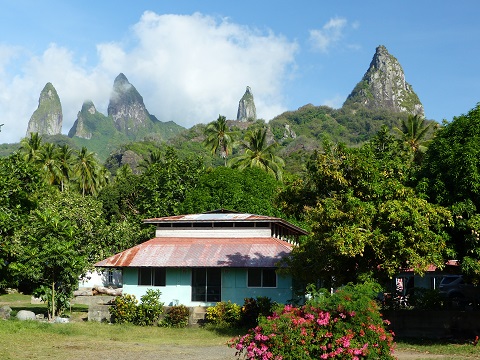 |
Random pictures from our month spent on the islands of Hiva Oa, Tahuata, Ua Pou, and Nuku Hiva
45 Photos
Created 18 July 2015
|
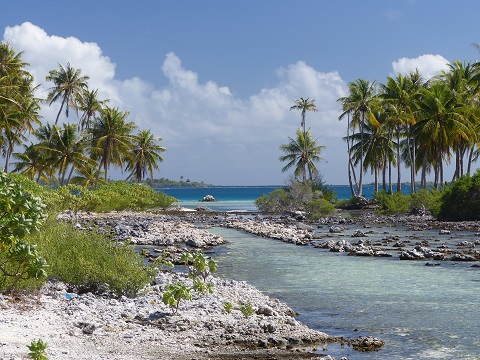 |
Random pictures from our month spent in 4 Tuamotu Atolls; Ahe, Fakarava, Tahanea, and Toau
32 Photos
Created 1 July 2015
|
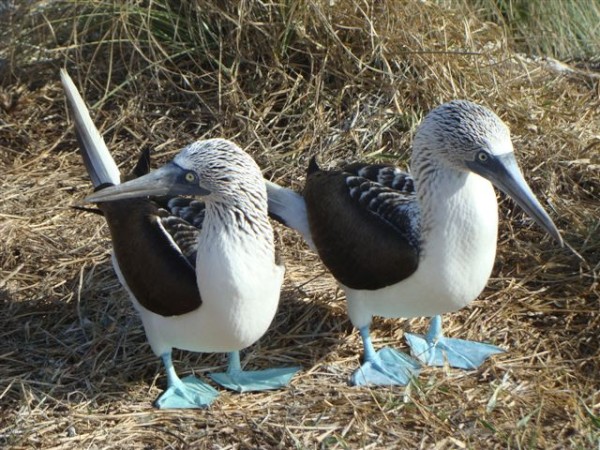 |
Some of the birds, fish, reptiles, and mammals (and others) that we have seen in Mexico
74 Photos
Created 5 May 2014
|
Tregoning

Who: Alison and Randall
Port: Gainesville, FL
